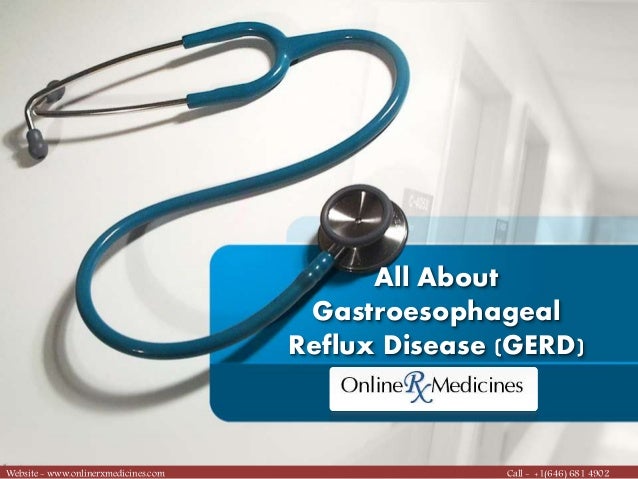Esophagitis can be asymptomatic; or can cause epigastric and/or substernal burning pain, especially when lying down or straining; and can make swallowing difficult the most common cause of esophagitis is the reverse flow of acid from the stomach into the lower esophagus: gastroesophageal reflux disease (gerd). Reflux esophagitis uses. Reflux esophagitis is usually due to a condition known as gastroesophageal reflux disease (gerd) gerd occurs when stomach contents like acids, frequently back up into the esophagus.
reflux esophagitis uses
The morphologic features of reflux esophagitis in the distal esophagus are variable and nonspecific, and they include basal cell hyperplasia, elongation of vascular papillae, intercellular edema, presence of intraepithelial eosinophils, intraepithelial lymphocytosis, ballooning degeneration of squamous cells and ulceration/erosions [] reflux esophagitis also affects the gastroesophageal. There are several types of esophagitis. reflux esophagitis is caused by a reflux of stomach acid into the esophagus. this can lead to erosive esophagitis. infectious esophagitis is caused by bacteria, viruses, or fungus.; barrett's esophagus results from untreated inflammation of the esophagus that can cause changes in the type of cells that make up the inner lining (mucosa) of the esophagus.. Non-infective esophagitis. reflux esophagitis; corrosive esophagitis; idiopathic eosinophilic esophagitis; radiation-induced esophagitis; radiographic features fluoroscopy. radiographic signs of esophagitis depend on the fluoroscopic technique used, but include 4: mucosal irregularity; erosions and ulcerations abnormal motility.

0 comments:
Post a Comment